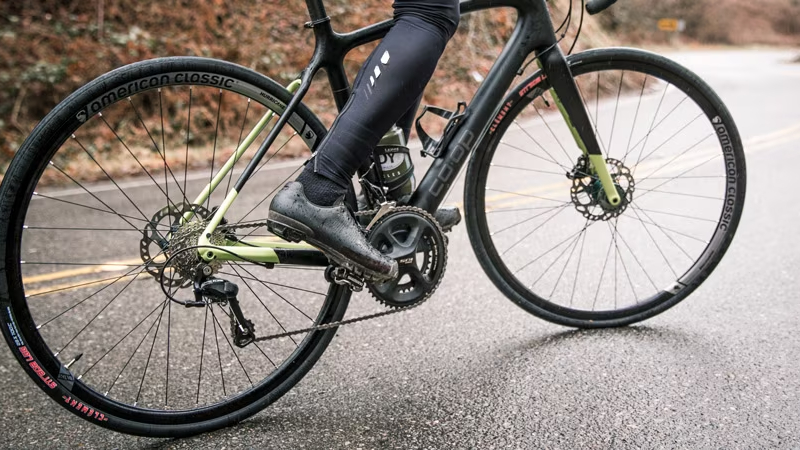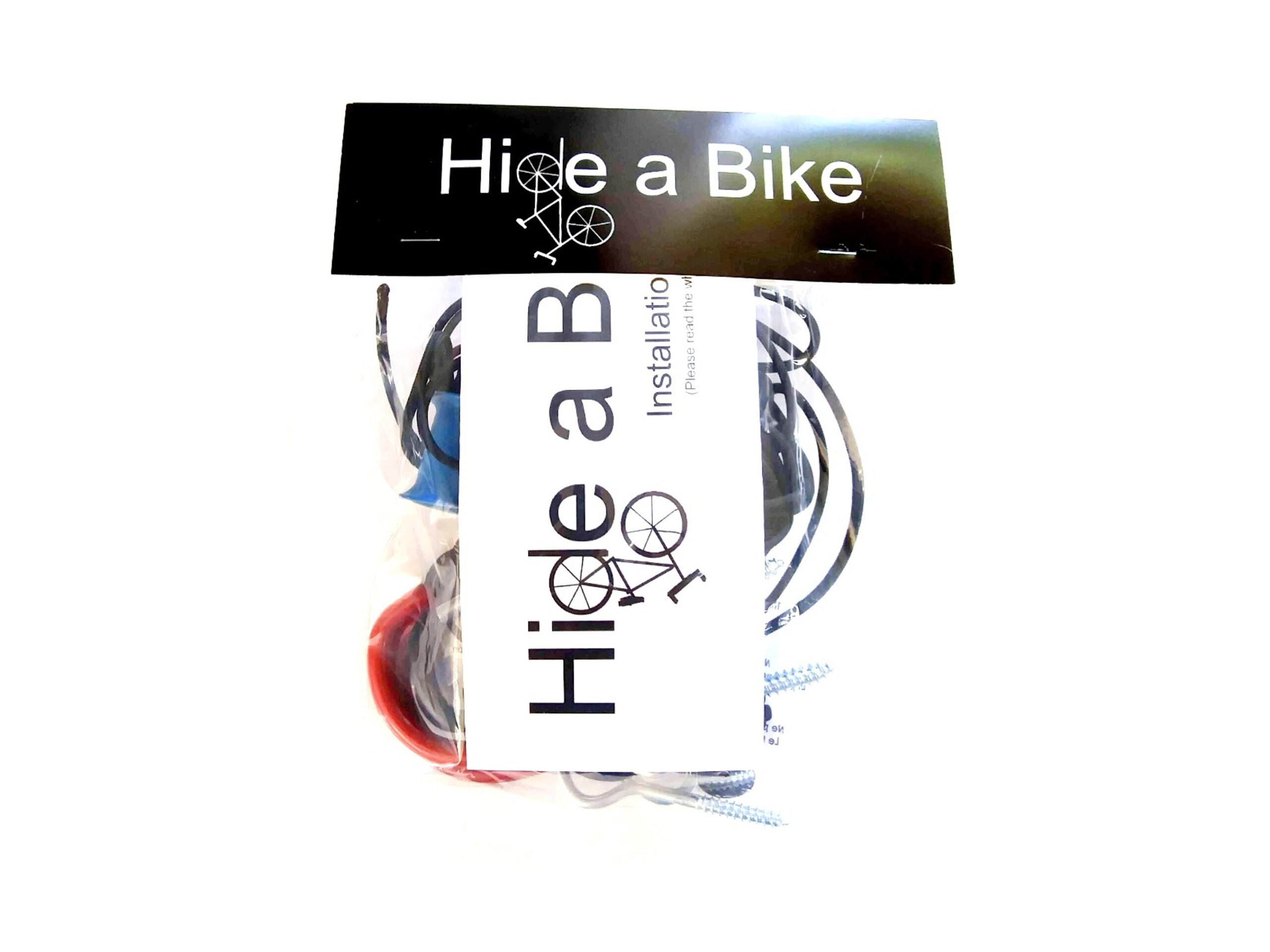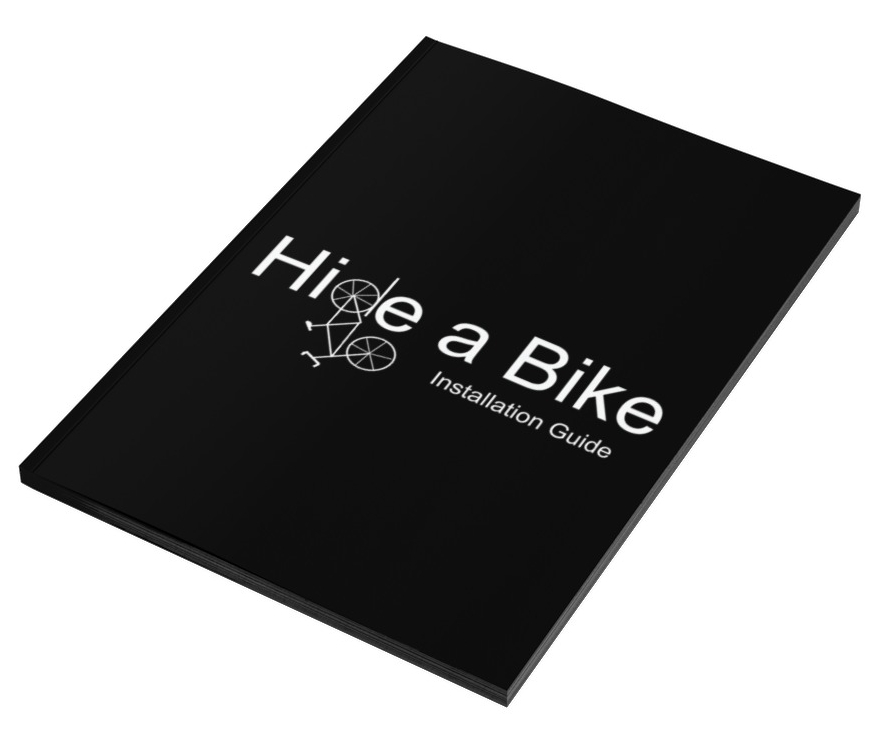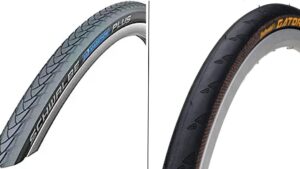How Bicycle Gearing Can Affect Your Riding Style

Explore how bike gearing varies by riding style in our comprehensive guide. Choose the best gears for your needs!
*This article may contain affiliate ads that help to support this site*
Cycling isn’t just about the thrill of the ride; it’s also a finely tuned dance between man and machine. One of the most critical aspects of this dance is bicycle gearing. Whether you’re a dedicated road cyclist chasing speed records, a mountain biking enthusiast conquering rugged trails, a long-distance tourer exploring the world, or a daily commuter navigating city streets, the choice of gears on your bike profoundly influences your experience.
Join us on this journey as we compare and contrast gearing preferences for each style of riding, shedding light on the trade-offs and considerations that will help you optimize your bike for your specific cycling adventures!
Road Cycling
Road cycling is all about speed, efficiency, and covering long distances with minimum effort. Gearing choices for road bikes reflect these objectives. Road cyclists typically have a few key considerations when it comes to their gears.
Gear Ratios: Road bikes often feature compact or standard double chainring setups paired with narrow-range cassettes. Common gear ratios like 50/34 or 52/36 for chainrings and 11-28 or 11-32 for cassettes are popular. These ratios provide a wide enough range for most road conditions, balancing the need for speed on flats and descents with the ability to climb hills efficiently.
Close Gear Steps: Road cyclists prefer closely spaced gear ratios for smooth cadence transitions. This enables riders to maintain a consistent rhythm, which is crucial for efficiency and reducing fatigue during long rides.
High-End Gearing: Road bikes often include high-end components for precision and lightweight materials. These factors contribute to a smoother pedaling experience and reduced rotational weight.
Trade-Offs: While road cycling gearing excels in speed and efficiency, it may sacrifice some climbing ability compared to wider-range setups. Riders who encounter steep, hilly terrain may need to exert more effort on ascents.
Gearing for road cycling is optimized for sustained high speeds and flat or rolling terrain. It’s ideal for riders who prioritize covering long distances on smooth roads. However, for those who face more challenging inclines or varied terrain, adjustments to gearing may be necessary to strike the right balance between speed and climbing capability.
Mountain Biking
Mountain biking is a thrilling sport that takes riders through a diverse range of terrains, from steep climbs to technical descents. To conquer these challenging conditions, mountain bikers rely on specialized gearing setups designed to handle the demands of off-road riding.
Wide Gear Range: The most prominent feature of mountain bike gearing is its wide gear range. Mountain bikes often employ triple chainring setups or single chainrings paired with wide-range cassettes, such as 1×12 or 1×11. This extensive range allows riders to tackle steep ascents and navigate tricky descents with ease.
Low Gears for Climbing: Mountain bikers prioritize low gears to conquer steep uphill sections. These low ratios make it possible to pedal efficiently when facing challenging gradients, ensuring that riders can maintain momentum and traction on the trail.
High Gears for Descending: On the flip side, mountain bikes also require high gears for descending and flat sections. These high ratios enable riders to build speed and maintain control on technical descents and flowy sections of the trail.
Gear Shifters and Dropper Posts: Mountain bikes often come equipped with specialized gear shifters and dropper seat posts that allow riders to make quick adjustments to their gears and saddle height on the fly. This adaptability is crucial when transitioning between climbs and descents.
Durability and Reliability: Given the demanding terrain, mountain bike components are built to withstand rough conditions and impacts. This includes robust chainrings, derailleurs, and cassettes that can handle the rigors of off-road riding.
Mountain biking gearing is all about versatility and adaptability. It provides the tools necessary to tackle steep climbs, navigate technical descents, and maintain speed on various types of terrain. Mountain bikers prioritize a wide gear range and durable components to ensure a smooth and controlled ride through rugged landscapes.
Touring
Touring cycling is a unique discipline that involves embarking on long-distance journeys, often with loaded panniers or trailers, to explore new places. Gearing choices for touring bikes are tailored to the demands of these epic adventures.
Low-End Gearing for Heavily Loaded Bikes: Touring bikes are designed to carry significant loads, which can make climbing steep hills a challenge. To address this, touring bikes typically feature low-end gearing options. This means a wider range of lower gear ratios to help riders ascend with ease, even when carrying extra weight.
Reliability and Durability: Touring gears prioritize durability and reliability. Long-distance tours can take riders far from repair shops, so components like chainrings, cassettes, and derailleurs are built to withstand extended use and various weather conditions.
Wide Gear Range for Versatility: Touring gearing provides a wide range of gear ratios to handle the varied terrain encountered during a tour. This range ensures that cyclists can efficiently pedal on flat stretches and have low enough gears for steep ascents.
Bar-end Shifters or Downtube Shifters: Touring bikes often feature bar-end shifters or downtube shifters, which are reliable and easy to maintain. These manual shifters are preferred for their simplicity and robustness on long journeys.
Consideration for Load Balance: Gearing for touring takes into account the balance of the load. Proper weight distribution is crucial for stability, and having the right gears helps maintain control and safety while climbing, descending, and navigating diverse landscapes.
Touring gearing is tailored to the specific needs of long-distance cyclists who traverse various terrains with heavy loads. The combination of low-end gearing, durability, and a wide gear range ensures that touring cyclists can tackle challenging landscapes while enjoying a comfortable and efficient ride.

Hide A Bike Kit
Is your garage starting to become a mess? Save space by storing your bikes flat against the ceiling.
Bicycle Commuting
Commuter bikes are designed to make everyday urban cycling as convenient and efficient as possible. Gearing choices for commuter bikes reflect the unique demands of city streets, stop-and-go traffic, and the need for comfort and versatility.
Simplicity and Low Maintenance: Commuter bike gearing often leans towards simplicity. Single-speed or internally geared hub setups are common choices. These setups reduce maintenance requirements, making them ideal for daily use in all weather conditions.
Ease of Use: Commuter bikes prioritize ease of use, with gears that are straightforward to shift and maintain. This appeals to riders who want a hassle-free, reliable bike for their daily commute.
Versatility for Varied Terrain: While urban environments may not feature steep climbs like mountain trails, commuter bikes still require a range of gears to handle different terrains and traffic situations. This means a moderate gear range with a balance of low and high ratios for hills and flats.
Enclosed Drivetrains: Many commuter bikes feature enclosed drivetrains, which protect the gears and reduce exposure to dirt and grime commonly found on city streets. This design enhances longevity and minimizes maintenance.
Fenders and Chain Guards: To keep riders clean and comfortable during their commutes, many commuter bikes include fenders and chain guards. These features also protect the drivetrain from debris and water.
Commuter bike gearing aims to strike a balance between simplicity, reliability, and versatility. It caters to urban riders who want a low-maintenance, easy-to-use bike for their daily journeys, whether they involve navigating busy streets, tackling gentle inclines, or cruising on flat roads. The choice of gearing can greatly enhance the comfort and convenience of commuting, ensuring that riders arrive at their destinations efficiently and stress-free.

Hide-A-Bike Installation Guide
If you want to put together a Hide-A-Bike kit for yourself, just download these easy to follow, step-by-step directions, complete with a full hardware and parts list.
Conclusion
Understanding the distinct requirements of each riding style is key to making informed gear choices. Road cyclists prioritize speed and efficiency, mountain bikers seek versatility for rugged terrains, touring cyclists demand reliability and load-carrying capacity, and commuters value simplicity and low maintenance.
As you select or fine-tune your bicycle’s gearing, consider the terrain, distances, and challenges you’ll face. Your choice should align with your riding goals and comfort preferences.
Remember, there’s no one “best” gearing; it’s about finding the right balance for your needs. So, whether you’re conquering peaks or cruising city streets, let your gears be your trusty companions on your cycling adventures. Happy pedaling!
Share This Article With A Friend
Did You Read This Whole Article?

You deserve a gift! Enter your email to receive a FREE copy of the Hide-A-Bike Installation Guide! And once a month we will send you a newsletter with the best deals on the internet for bicycle gear and accessories.
About Hide A Bike

Save space by keeping your bike flat against the ceiling with the original easy and convenient bicycle storage solution.
Thank You For Visiting!

You deserve a gift! Enter your email to receive a FREE copy of the Hide-A-Bike Installation guide. And once a month we will send you a newsletter with links to our best finds on bicycle gear and accessories.
Share This Article:
Most Popular Articles:
Article Categories:
Related Articles:

Wheels Of Change: The Role Of Bicycles For Social Justice

Explore The Unique Bond Of Biking With Your Dog






